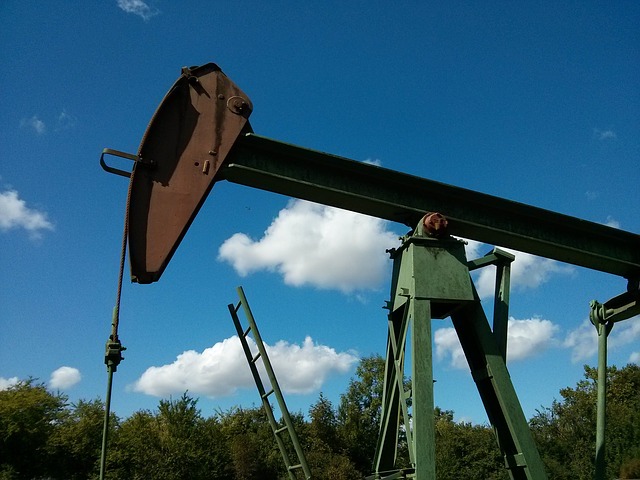The oil market gets whiplash, and investors should expect more crude volatility

The oil market is getting whiplash, rocked by bullish and bearish catalysts at once.
While European Brent crude oil has managed to rally to $78 per barrel this year, the U.S. benchmark WTI crude is struggling to maintain the $70 per barrel level. Indeed, both prices have been climbing since the bottom in early 2016, but the picture is looking murky at best, and highly volatile at worst. We believe investors should seek to protect against volatility spikes in the coming months.
Oil prices in a 'pressure cooker'
"Black gold" has gotten a boost, as OPEC has had limited supply for the better part of two years, and Saudi Arabia has taken the brunt of those cuts to support the Saudi Aramco IPO. The public listing was originally scheduled to debut later this year but has since been delayed until next spring.
While budgetary pressures have pushed OPEC to relax its tight policies, the combination of backing out of the Iran nuclear accord and the declines in Venezuelan output have created a pressure cooker for oil prices. This has threatened a run above $80 per barrel, a key price where oil demand destruction usually starts to take hold.
Remember, OPEC's desire is to keep oil prices at an optimal price - that is, prices high enough to maintain strong revenues, but not so elevated that it begins to crimp demand and reduce sales. So far, the cartel has appeared to manage this fine line.
Wild cards at play
Oil demand has continued to strengthen as a primary driver of rising prices. Demand should start to ease, along with the slowing of the recent economic expansion. Thus, oil demand could be greatly inhibited if we see continued Middle Eastern tensions, which are looking to worsen rather than improve. Furthermore, the U.S. continues to saber rattle in the general direction of Iran.
The short-term impact could be a devastating spike in prices, followed by a negative stock market reaction, followed by a fall in oil prices.
We only have to look at how oil prices have reacted to Middle East supply disruptions in the last 20 years. All have had significant short-term impacts, with oil prices spiking and stock markets plunging.
In addition to disruption in the Middle East, U.S. shale production continues climbing, a factor that could keep a lid on oil prices. We believe oil prices should start to moderate and fall going into 2019, although supply challenges in Iran and Venezuela, along with geopolitical tensions, will likely continue to support higher prices and volatility in the short run.
From CNBC
